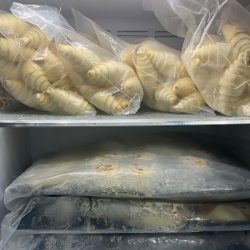Having crumbly dough is never a good sign, especially if you're a fan of a thick, soft cookie batter. You might think it's a lost cause, and you need to start from the beginning, but it can still be salvaged with a bit of technique. So, what do you do when your dough is crumbly? We have researched answers for you.
The quickest fix for a crumbly dough is to inject more moisture into it. Slowly add one teaspoon of either milk or water while mixing simultaneously. Don't worry too much about the taste since it will not be affected, but be careful about oversaturating and stop when you have the ideal consistency.
Having control over your dough is essential in creating the perfect confectionary. There are many reasons why you get crumbly dough and many ways you can remedy this. Keep reading below to learn about the best methods you can do!

What makes cookie dough crumbly?
The best way to salvage your cookie dough is to figure out what exactly went wrong. That way, you can fix the problem without fumbling with other ingredients that can potentially further ruin the consistency.
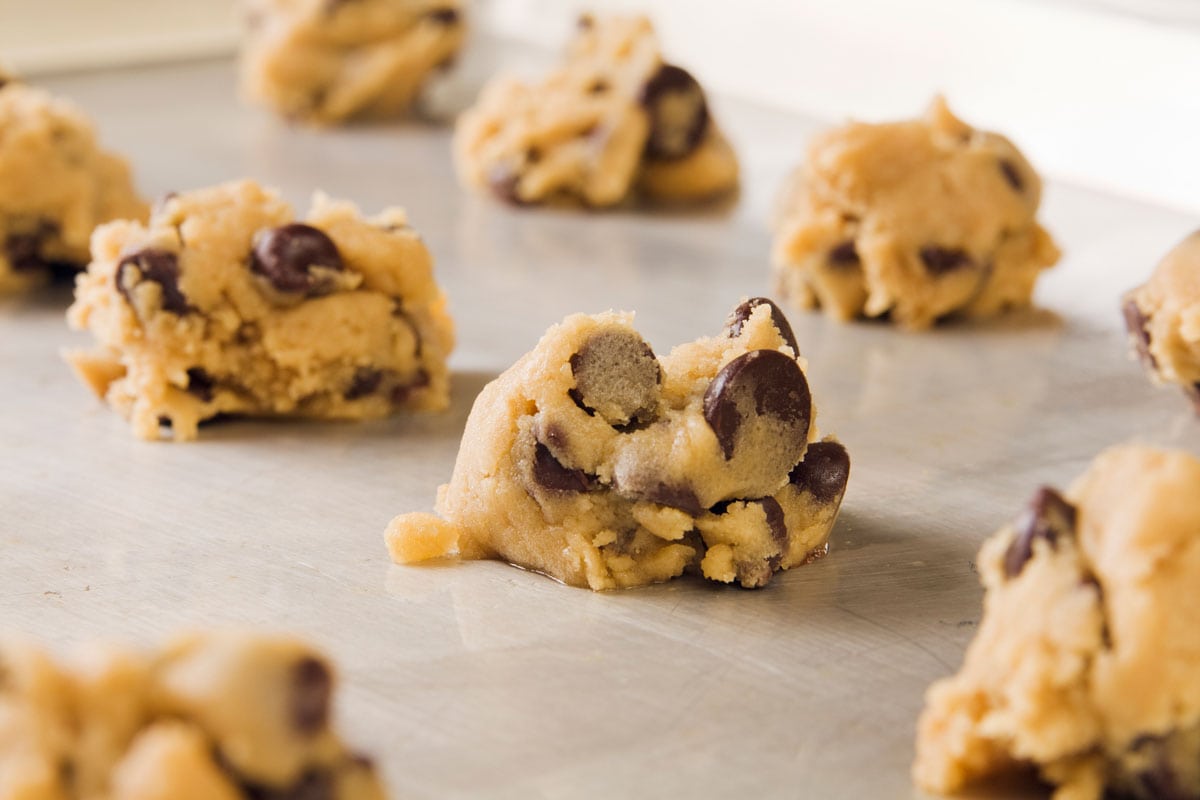
Here are the usual culprits that make your dough crumbly.
Read: "Should You Defrost Cookie Dough Before Baking?"
Too Little Fat
The fat in the cookie dough binds the ingredients together so it has a smooth consistency. If you've made a miscalculation and didn't mix in enough fat, the dry ingredients will overpower the fat and liquids and create a dry, crumbly texture.
If there's not enough lubrication, the dry ingredients will separate, and you won't be able to mix it well. If health is your concern, you can use vegan butter--just make sure you substitute with exact measurements and butter types.
What To Do
If the lack of fat is the problem, you need to mix more butter or margarine in. Note that margarine has less fat than butter, so adding a generous amount shouldn't be surprising.
However, be careful in adding too much since you wouldn't want the dough to separate because of oiliness. After adding fat, integrate the ingredients together by kneading them using your hands.
For a more health-conscious option, you can try using vegetable oil or Crisco aside from vegan butter. It may take longer to bind the ingredients together using these fats, so make sure you mix an adequate amount.
Inadequate liquid
Your dough needs to have the correct amount of water, egg whites, vanilla, heavy cream, or milk so it won't be dry. You need these liquids so each ingredient will be fully integrated together for a more even baking.
If you are health-conscious and want to swap some ingredients to be vegan, for instance, it can be trickier to have the perfect mix and consistency.
Eggs are an important factor since they are both a binding agent and help the cookie rise, and substituting them for a vegan option may not have the same results.
What to do
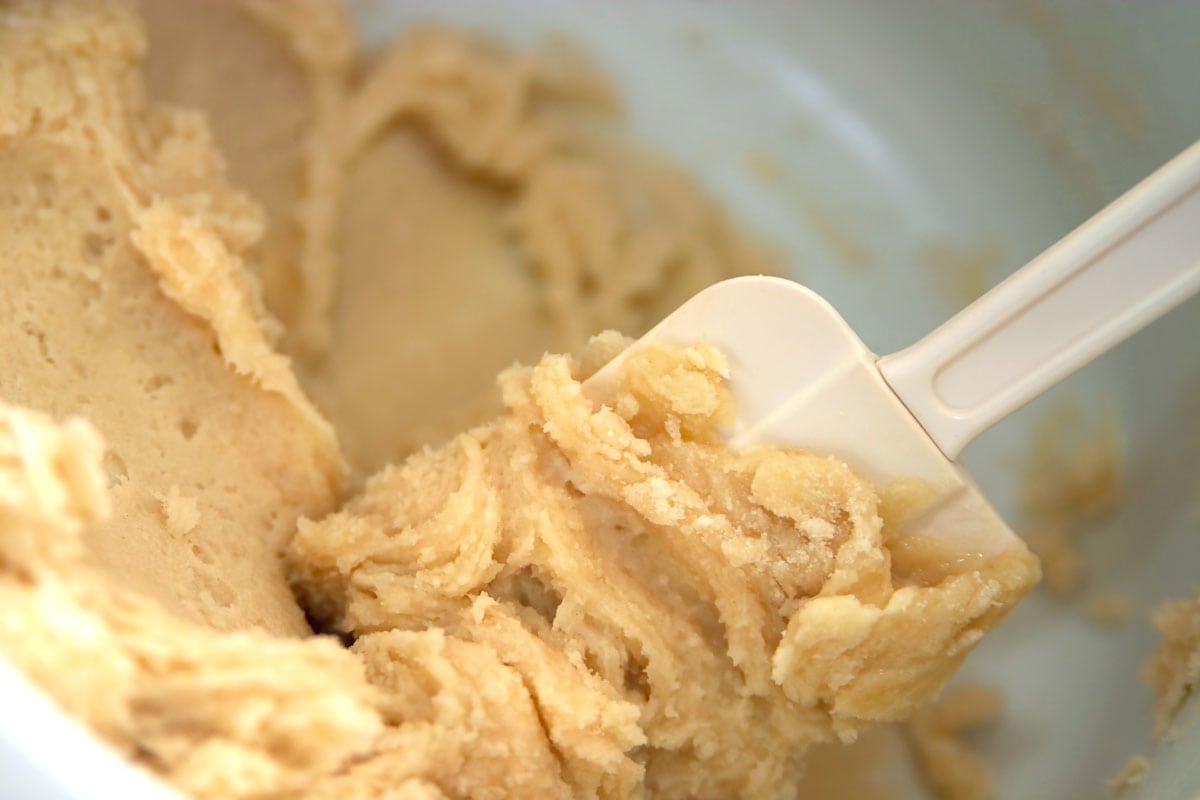
If you don't have enough liquid, mix in more water, milk, egg whites, or heavy cream into the batter. However, make sure you get the measurements right. Try to remember how much you actually put in and mix the appropriate amount of liquid into it.
If you don't remember, you can do a bit of trial and error, although it can be tricky. A good rule to follow is to stop when you notice the consistency getting too loose.
If you want to substitute the egg for something vegan, chia seeds are recommended when making cookie dough since it binds the ingredients together and makes a paste that can make for a smoother consistency.
A Miscalculation on Dry Ingredients
Having too many dry ingredients such as flour, sugar, and baking powder without enough binding agents can make your cookie dough dry and crumbly. Even an extra 1/4 of powder can tip the ratio off by a lot.
This is why you need to pay attention to the measurements closely. Misreading one teaspoon to one tablespoon can already be too much for your batter and ruin its smoothness.
What to do
If you put in too many dry ingredients, you need to balance it out with fat and other liquids. If you're trying to follow a cookbook, this means going on autopilot and figuring out the right measurements and ratios on your own.
You may end up having more cookies depending on how many ingredients you added, but it's better than having a few crumbly cookies.
Again, if you want to try vegan options, it'll be more challenging to balance out the ingredients since vegan options don't have much fat or liquid that can bind these dry ingredients together--and you need lots of liquids to offset the dryness.
Refrigerating for Long Periods
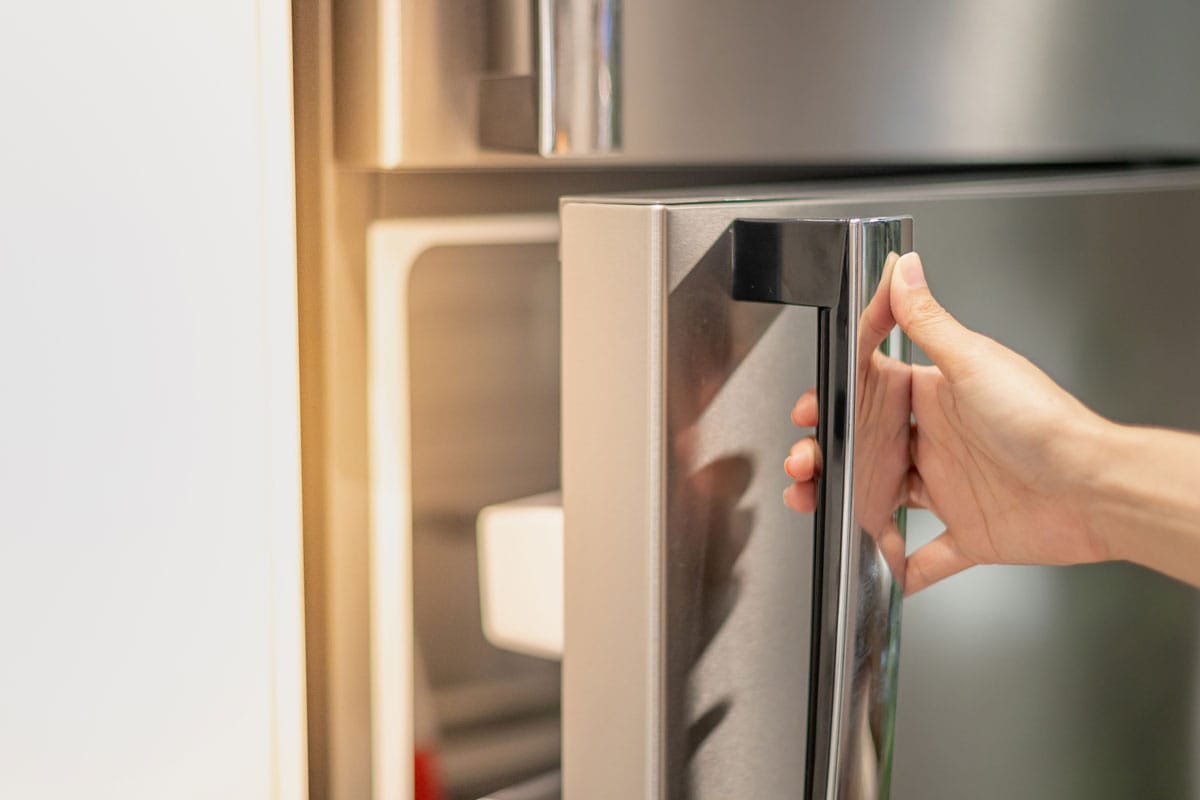
If you've made your cookie dough in advance with the intention of finishing it hours or a day later, the moisture you've mixed into the batter will dry out and make your cookie dough crumbly.
Refrigerators absorb moisture to prevent food from spoiling easily by way of circulating the air evenly throughout its environment. This is the reason why the flavor and moisture of food are removed when you take it out of the fridge--and your cookie dough isn't any different.
What To Do
If you let your cookie dough sit in the fridge for long periods, let it sit at room temperature for an hour. Make sure to cover it to soften the dough, which will leave you with a more workable consistency.
Should you chill your cookie dough?
There is a perfect way to chill your cookie dough in the fridge without completely drying it out. The perfect window time to chill your dough is around 30 minutes.
This will allow the flavors to be concentrated because of the gradual drying and make your cookies chewier after you bake them.
Remember to set a timer when you pop your dough into the fridge so it won't completely dry out and leave you with sad, crumbly cookie dough.
Read: "How Long Does Dough Last In The Fridge?"
Overmixing
Overmixing will result in a flatter and crispier cookies. This is because overmixing can inject more air into your dough than necessary, which will be puffed out immediately in the oven and leave you with flat cookies.
As a rule, you should stop mixing when there are no more traces of dry ingredients on your cookie dough, and when the entire mixture looks smooth and even.
What To Do
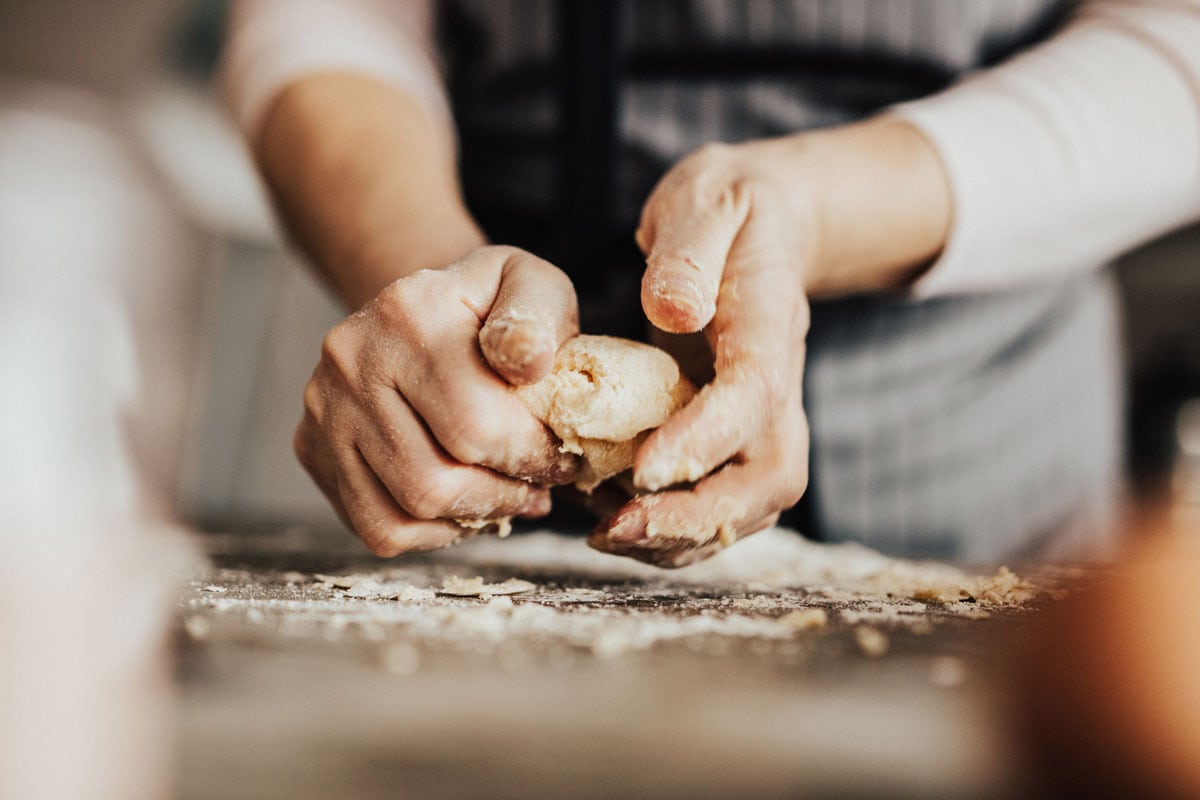
To prevent overmixing, kneading and mixing using your hand is a great idea. You can use your hands after blending it with an electric mixer for increased efficiency.
It is also more effective to mix with your hands while adjusting the measurements of liquids and fats in your cookie dough. Not only will the ingredients be more integrated, but you also have more control over the texture.
Using your hands will help you notice the texture of your cookie dough better so you can stop when you feel you've achieved the ideal consistency.
Make sure your hands are clean when you mix the dough. It also helps when you dampen your hands a little bit to prevent the dough from sticking to your hand while you mix.
Substituting ingredients
Substituting ingredients will make your dough crumbly, especially if you don't have enough fat and liquid to smoothen the texture.
Using a different kind of dry ingredient will also affect its consistency, so you'll have to change the measurements when you go with another type of flour or powder apart from the recommended one.
What To Do
If you're following a recipe, it's best to stick to the right ingredients since each one has a distinct quality that affects the consistency of your dough.
If you want healthier options, it's best to follow specifically a vegan recipe in the first place instead of substituting ingredients.
This is more productive since you'll be changing the entire recipe anyway if you substitute the ingredients.
Does adding liquids and fat affect the flavor?
The liquids and fat only adjust the dough's structure, texture, and consistency --it doesn't do anything to the flavor. Even vanilla extract doesn't sweeten it since its only purpose is to enhance the flavors in other recipes.
In Closing
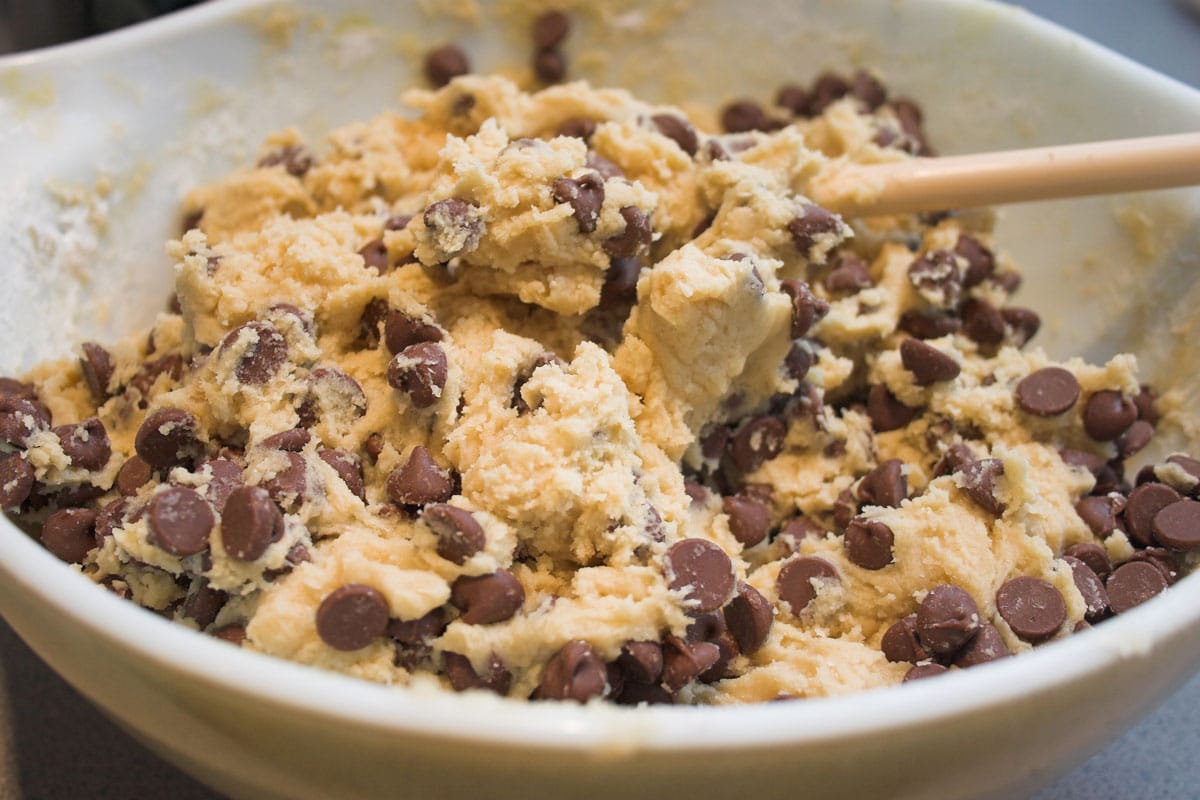
Having crumbly dough can be frustrating, but you can still work with it with a few adjustments. If you switch to trial and error, make sure you observe your dough closely so you can control the consistency better.

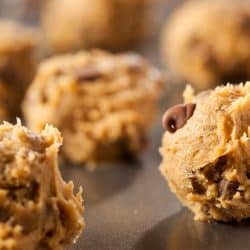


![Chocolate cookies in a glass jars, Do Cookie Jars Keep Cookies Fresh? [Inc. special tips]](https://kitchenseer.com/wp-content/uploads/2020/08/Chocolate-cookies-in-a-glass-jar-250x250.jpg)

